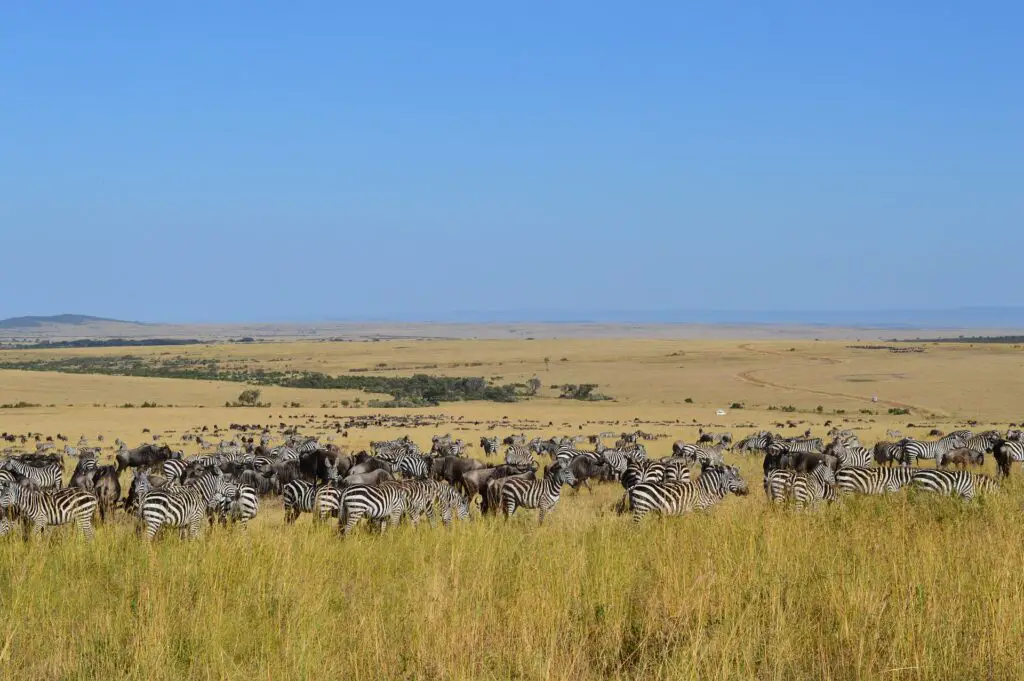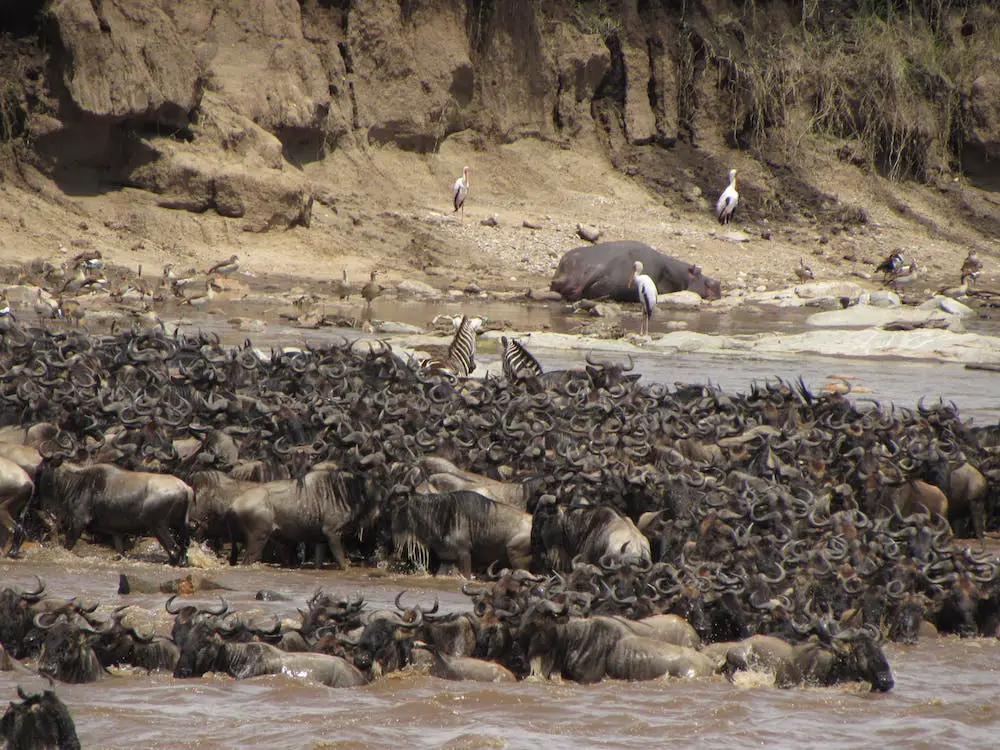The African Savanna, a blend of vast grasslands and sparse woodlands, serves as a cradle of biodiversity unlike any other on Earth. Synonymous with awe-inspiring wildlife encounters, the Savanna encapsulates the spirit of Africa. Delve into ten amazing facts about this fascinating biome.
Diversity of the African Savanna

The African Savanna is not a monolithic entity but a mosaic of diverse ecosystems. From the classic East African savannas, known for their expansive grasslands, to the wooded savannas of West Africa, each presents a distinct assemblage of flora and fauna. This ecological diversity is a testament to nature’s adaptability and resilience.
Climate of the Savanna
The African Savanna is marked by its unique climatic pattern, typically featuring a prolonged dry season followed by a wet season. This climatic rhythm governs the life cycles of many species, orchestrating events such as migrations, flowering, and reproduction.
The African Savanna and Carbon Sequestration
Despite its open, grassy landscape, the Savanna plays an integral role in carbon sequestration. Through photosynthesis, the Savanna’s grasses and trees capture and store carbon dioxide, a key greenhouse gas, thereby helping to combat global warming.
The Great Migration

The African Savanna stages one of the world’s most spectacular wildlife events: the Great Migration. Each year, over a million wildebeests, zebras, and gazelles traverse the plains of the Serengeti-Mara ecosystem in search of fresh pastures, creating a breathtaking spectacle.
Fire’s Role in the Savanna
Fire is a vital element of the Savanna ecosystem. Regular fires, often ignited by lightning, prevent tree encroachment and maintain the balance between grasslands and woodlands. Savanna species have adapted to these fiery disturbances, with some plants even requiring fire for seed germination.
African Savanna and Human Life
Humans have coexisted with the Savanna for thousands of years. Indigenous communities, such as the Maasai, have developed a pastoral lifestyle perfectly suited to the Savanna’s conditions. These communities’ cultures are deeply intertwined with the Savanna, underscoring its socio-cultural significance.
Different types of grasses
The African Savanna sustains a variety of plant species. Unknown to most people, the grassland savanna has different types of grass such as rhode grass, lemon grass, bermuda grass, star grass and red oats grass. The savanna also features several types of trees and plants such as baobab tree, acacia trees, manketti tree, jackalberry tree and umbrella thorn acacia.
Conservation Efforts
Various conservation efforts are being implemented to protect the African Savanna. These include establishing protected areas, promoting eco-friendly tourism, and conducting research to inform conservation strategies. However, the scale of the challenges requires robust, concerted global action.
Africa’s Bread Basket
Most of the staple food crops grow in the African savanna. These include maize, millet, sorghum, wheat, sugarcane among others. Most of these foods are grown for local consumptions as well as for export to ther parts of the world.
Unique Adaptations of Savanna Species

Savanna species showcase a plethora of unique adaptations to survive the biome’s harsh conditions. For instance, baobab trees store water in their swollen trunks to endure the dry season, while cheetahs have evolved to be incredibly fast to catch swift prey across open landscapes.
The African Savanna is a vibrant tapestry of life, showcasing nature’s resilience and adaptability. Understanding these ten amazing facts provides a snapshot of the Savanna’s wonders and underscores the urgency of conserving this precious biome for future generations.


